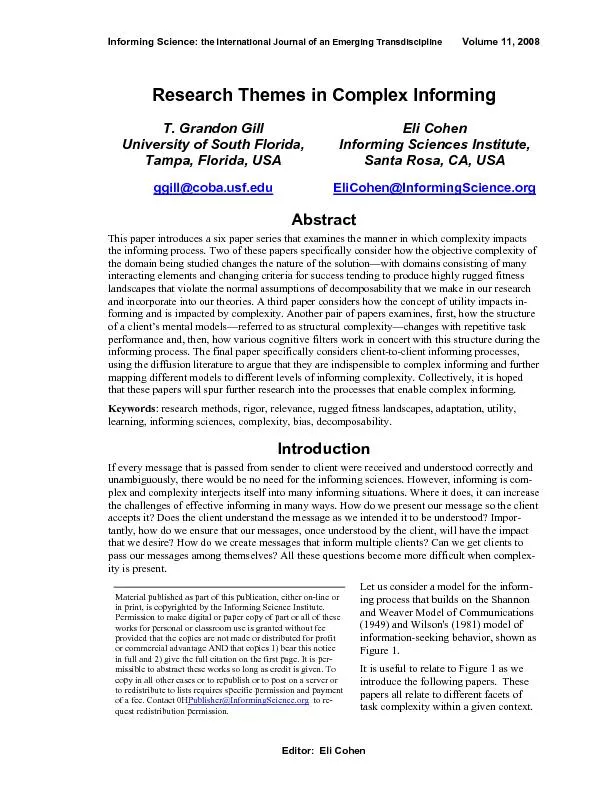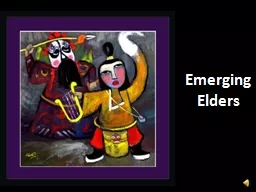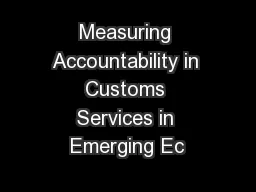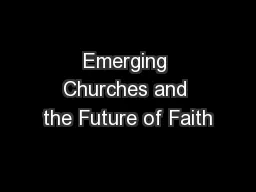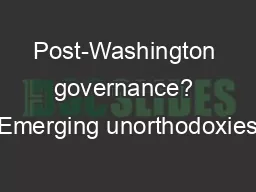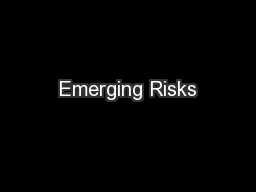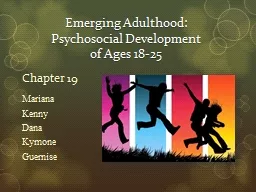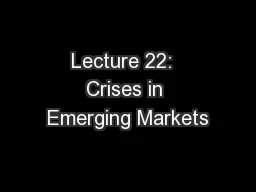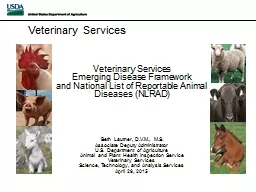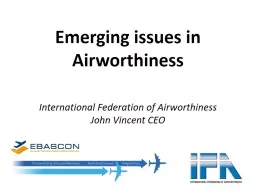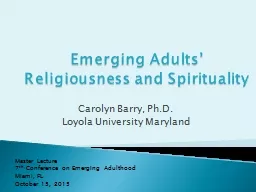PDF-the International Journal of an Emerging Transdiscipline Volume 11, 20
Author : liane-varnes | Published Date : 2016-06-15
Eli Cohen Informing Sciences Institute Santa Rosa CA USA This paper introduces a six paper series that examines the manner in which complexity impacts the informing
Presentation Embed Code
Download Presentation
Download Presentation The PPT/PDF document "the International Journal of an Emerging..." is the property of its rightful owner. Permission is granted to download and print the materials on this website for personal, non-commercial use only, and to display it on your personal computer provided you do not modify the materials and that you retain all copyright notices contained in the materials. By downloading content from our website, you accept the terms of this agreement.
the International Journal of an Emerging Transdiscipline Volume 11, 20: Transcript
Download Rules Of Document
"the International Journal of an Emerging Transdiscipline Volume 11, 20"The content belongs to its owner. You may download and print it for personal use, without modification, and keep all copyright notices. By downloading, you agree to these terms.
Related Documents

